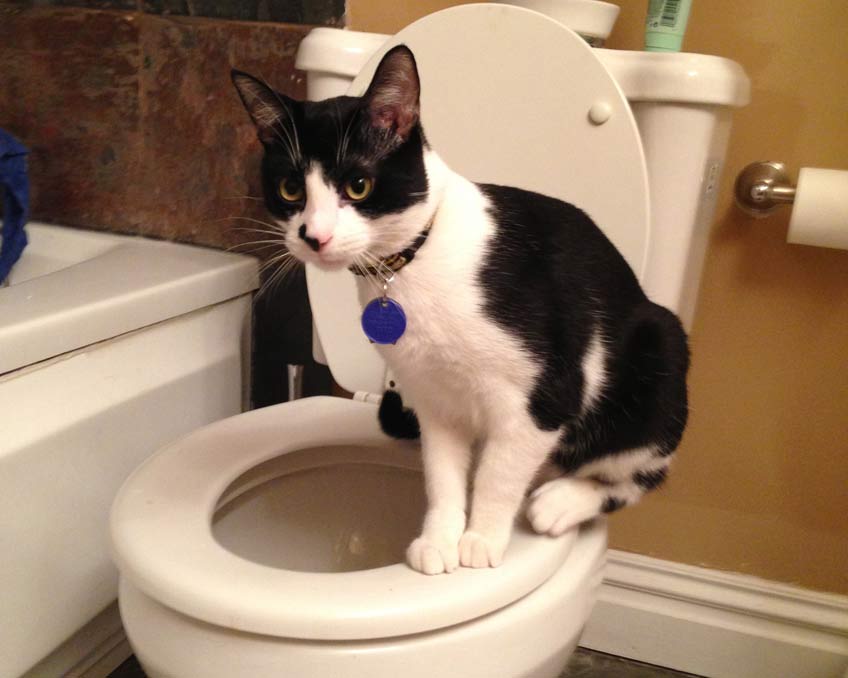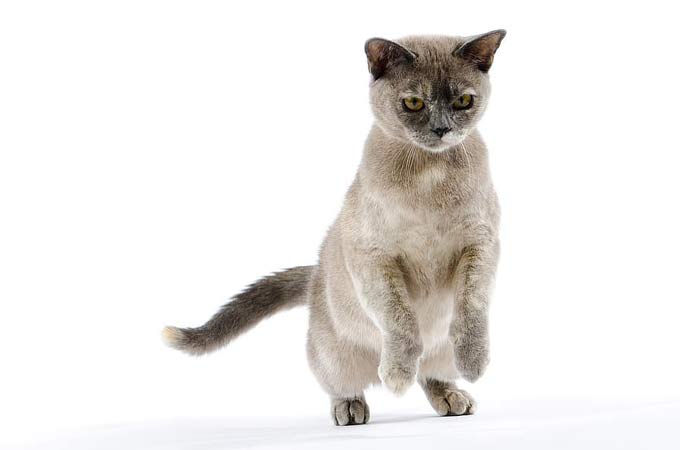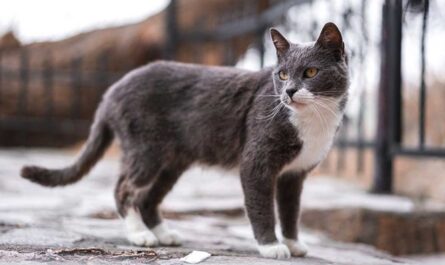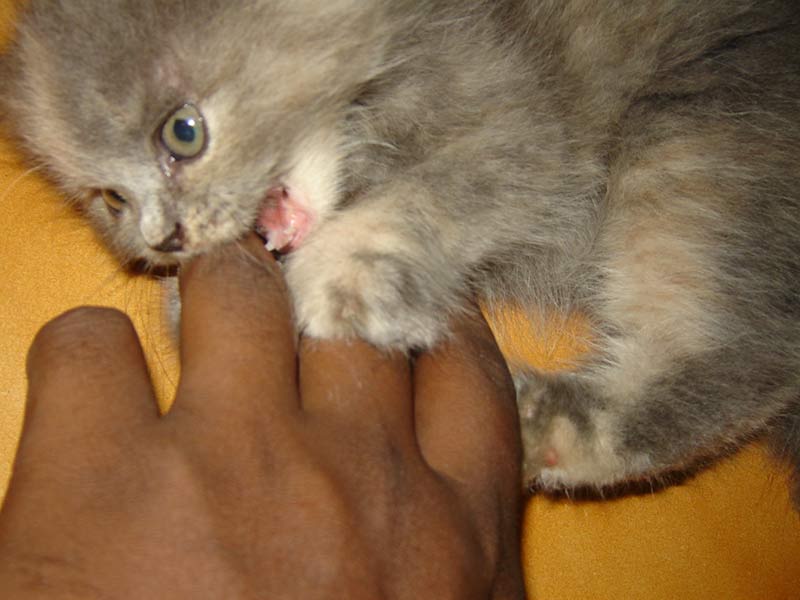Why isnt my cat affectionate? Cats, with their enigmatic behavior, often leave their owners puzzled, especially when they seem aloof or distant. Understanding the reasons behind a cat’s lack of affection can help alleviate concerns and improve the bond between feline and human. Here, we delve into 14 possible explanations for why your cat might not be as affectionate as you’d like.
Why Isn’t My Cat Affectionate? Possible Reasons
1. Personality Traits
Each cat has its own unique personality, influenced by genetics, early experiences, and socialization. Some cats are naturally more independent and less inclined to seek affection, preferring solitude or minimal interaction. These felines may simply have a lower threshold for physical contact or may express their affection in subtler ways, such as through proximity or gentle gestures.
2. Stress or Anxiety
Cats are sensitive creatures and can easily become stressed or anxious in certain environments or situations. Changes in their surroundings, such as moving to a new home, the introduction of new pets, loud noises, or disruptions to their routine, can trigger stress responses that manifest as avoidance of affection. Additionally, past traumatic experiences or a lack of socialization during kittenhood can contribute to chronic anxiety, causing a cat to withdraw from interactions with humans.
3. Health Issues
Underlying health problems, such as pain, discomfort, or illness, can significantly impact a cat’s behavior and demeanor. Cats are masters at hiding signs of illness, so subtle changes in behavior, including a reluctance to engage in affectionate behaviors, could indicate an underlying medical issue. Conditions such as dental pain, arthritis, urinary tract infections, or gastrointestinal problems may cause a cat to avoid physical contact or become irritable when touched.
4. Traumatic Experiences
Cats, like humans, can be profoundly affected by traumatic events. Abuse, neglect, or frightening encounters with humans or other animals can leave lasting emotional scars that impact a cat’s ability to trust and form attachments. Even if a cat is now in a safe and loving environment, the memory of past trauma may cause them to remain guarded and wary of close human contact.
5. Lack of Socialization
Early socialization plays a crucial role in shaping a cat’s behavior and comfort level with humans. Kittens that don’t receive adequate exposure to positive interactions with people during their formative weeks may grow up to be fearful or aloof around humans. Without early socialization, cats may view human touch as threatening or unfamiliar, leading them to avoid affectionate gestures.
6. Overstimulation
Cats have a threshold for physical contact, and exceeding it can result in overstimulation and discomfort. While some cats enjoy being petted and cuddled, others may become agitated or irritable if touched for too long or too vigorously. Signs of overstimulation include twitching skin, flattened ears, dilated pupils, or a flicking tail. Respecting a cat’s boundaries and recognizing when they’ve had enough physical contact can prevent them from withdrawing or becoming defensive.
7. Environmental Factors
The environment in which a cat lives can greatly influence their behavior and comfort level with affectionate interactions. Factors such as noise levels, household routines, the presence of other pets, and access to resources like food, water, and hiding spots can impact a cat’s stress levels and willingness to engage with their human companions. Creating a calm, enriching environment that caters to your cat’s needs and preferences can encourage them to feel more secure and affectionate.
8. Aging Process
As cats age, they may undergo physical and behavioral changes that affect their inclination towards affection. Senior cats may experience joint pain, reduced mobility, or sensory decline, making certain types of physical contact uncomfortable or overwhelming. Additionally, age-related cognitive changes can alter a cat’s social behavior and response to stimuli, causing them to become more withdrawn or disinterested in affectionate gestures.
9. Communication Style
Cats communicate primarily through body language, vocalizations, and scent marking, which may differ from humans’ expectations of affectionate behavior. While some cats are overtly demonstrative in seeking attention and physical contact, others may express their affection more subtly through grooming, head bumps, or simply being near their human companions. Understanding and respecting a cat’s unique communication style can help strengthen the bond between cat and owner.
10. Routine and Consistency
Cats thrive on routine and predictability, and disruptions to their daily schedule or environment can cause stress and affect their willingness to engage in affectionate behaviors. Changes such as a new work schedule, travel, or rearranging furniture can disrupt a cat’s sense of security and stability, leading them to seek solace in familiar surroundings rather than seeking out affection from their human companions.
11. Negative Associations
Negative experiences associated with affectionate interactions can cause a cat to avoid similar situations in the future. For example, if a cat is inadvertently hurt or frightened during a previous attempt at cuddling or petting, they may learn to associate physical contact with discomfort or fear, leading them to avoid similar interactions in the future. Building positive associations through gentle, respectful handling and rewarding affectionate behavior can help overcome these negative associations over time.
12. Individual Preferences
Just like humans, cats have individual preferences and boundaries when it comes to affection. Some cats may enjoy being held and cuddled for extended periods, while others may prefer brief interactions or simply being in the same room as their human companions. Understanding and respecting your cat’s preferences for affectionate interactions can help foster a positive and mutually satisfying relationship.
13. External Stressors
External stressors, such as changes in the household dynamics, the addition of new pets or family members, or disruptions to the cat’s territory, can trigger anxiety and affect their willingness to engage in affectionate behaviors. Cats are sensitive to changes in their environment and may withdraw or become more aloof during times of heightened stress or uncertainty. Providing a stable, predictable environment and minimizing sources of stress can help your cat feel more secure and open to affectionate interactions.
14. Lack of Bonding Opportunities
Building a strong bond with a cat requires time, patience, and consistent effort. Cats may not initially seek out affectionate interactions with their human companions if they haven’t had the opportunity to form a strong bond based on trust and positive experiences. Spending quality time together, engaging in interactive play, and providing opportunities for positive reinforcement can help strengthen the bond between the cat and the owner and encourage more affectionate behavior over time.

My Cat isn’t Affectionate: To-Dos
Other Interesting Articles
- Cat Flu: Symptoms, Medicine, Treatment, Text Kit, Prevention
- Cat Herpesvirus 1 (FHV-1): Causes, Symptoms, Treatment
- Do Cats Enjoy Mating? A Guide To Feline Sexual Behavior
- Benefits of a High-Protein Diet for Your Cat: A Complete Guide
- How Many Kittens Can A Cat Give Birth To: When To Worry
- Why is My Cat Drinking Much Water All of A Sudden? To-Dos
- Cat Dystocia (Difficult Birth): Causes, Symptoms, Treatment
- 23 Signs That Indicate Something is Wrong with Your Cat
- Cat Eyes Signs: 15 Things Your Cat Is Saying With Its Eyes
- How Cat Eyes Work: How to Care for Your Feline’s Eyes
- Why Does My Cat Sit On My Shoulder? Reasons, To-Dos
- Why is My Cat So Clingy? Behavior, Reasons, Solutions
- Cat Vomiting: Types, Causes, Symptoms, Treatments, Cure
- Feline Estrous Cycle: What To Expect When A Cat Is in Heat
- Weight Gain in Cats: Obesity Signs, Causes & What to Do
- 13 Ways to Tell if A Cat is Pregnant: Signs, Behavior, Guide
- Cat Pregnancy: Signs, Nipples, Behavior, Care, What To Do
- Nesting Behavior in Cats: Signs, Reasons, What To Do
- How To Help Your Cat Put Their Best Paw Forward: 12 Steps
- How To Improve Your Cat’s Behavior in 14 Systematic Steps



